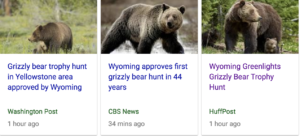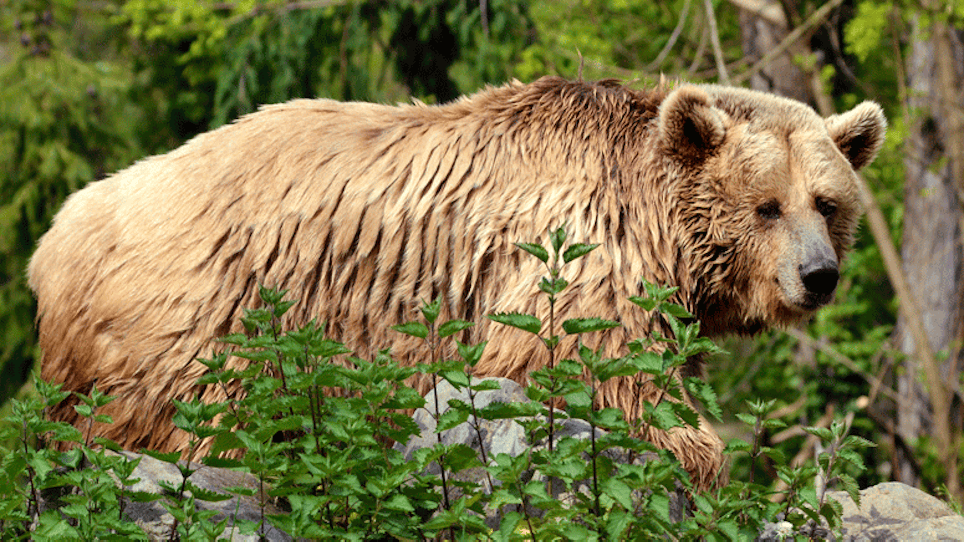Officials with the Wyoming Game and Fish Commission have approved the state's first grizzly bear hunt in 44 years following years of restoration to a population that can sustain limited hunting.
Hunters will be able to take up to 22 bears this season after the Commission members voted 7-0 Wednesday.
The hunting area includes a large tract east and south of Yellowstone and Grand Teton national parks. The hunt would begin Sept. 1 in a zone the farthest away from the parks. Hunting in a zone closer to the parks would begin Sept. 15. Both zones would close Nov. 15 unless the quota is met before then. No hunting is allowed in the parks.

Some mainstream media outlets immediately headlined their stories with agenda-driven words such as 'trophy hunt' in a clear effort to influence readers.
The hunt faces challenges from anti-hunting organizations that already are describing it on social media as a "trophy hunt" in an effort to drive their agenda. Proponents point to the decades of restoration as a success story.
"We heard from the people of Wyoming, they were supportive of this. It's pretty clear the science supports this," Wyoming Game and Fish Department spokesman Renny MacKay said in this report.
The decision was made after restoration following years of federal protections of the Greater Yellowstone Ecosystem grizzly population. Those protections were removed in 2017 by the U.S. Fish & Wildlife Service.
The USFWS said the bears had recovered enough after years of endangered or threatened protections to allow Wyoming, Montana and Idaho to manage them. Wyoming immediately began making plans then for a possible hunting season for boars by setting license fees: $600 for residents and $6,000 for nonresidents.
Wyoming officials began trapping and monitoring grizzly bears in 2017. The department has a wealth of information, including a map showing the recovery range of the bears.
Featured photo: iStock






